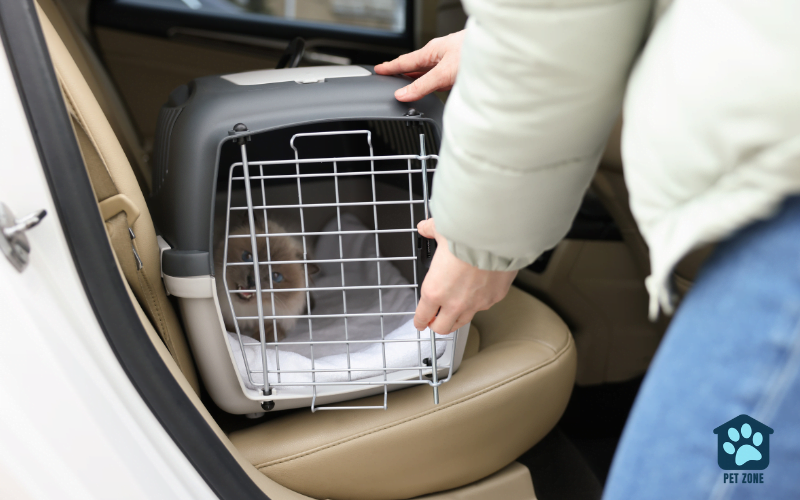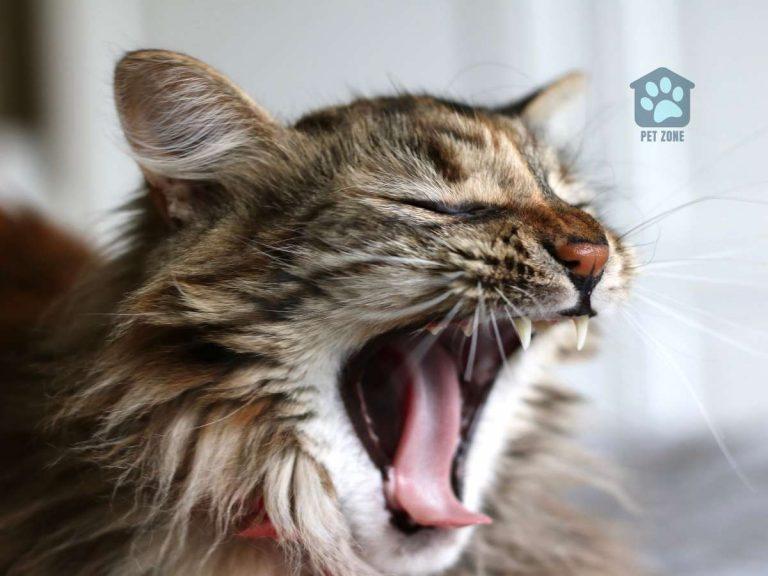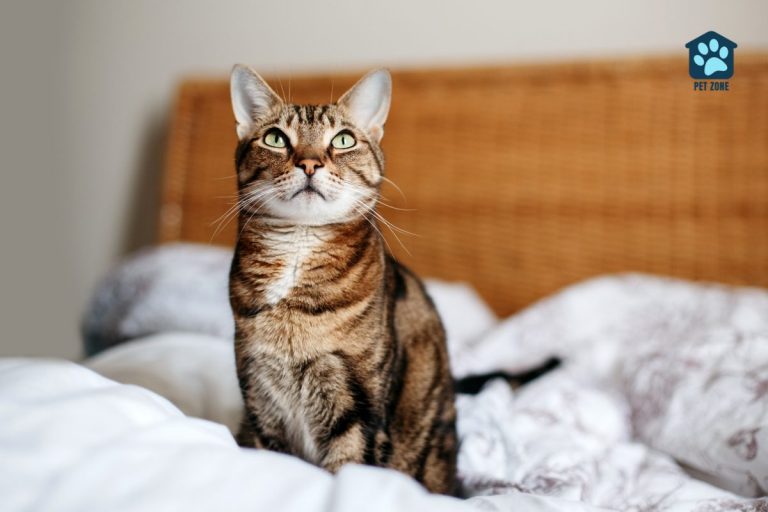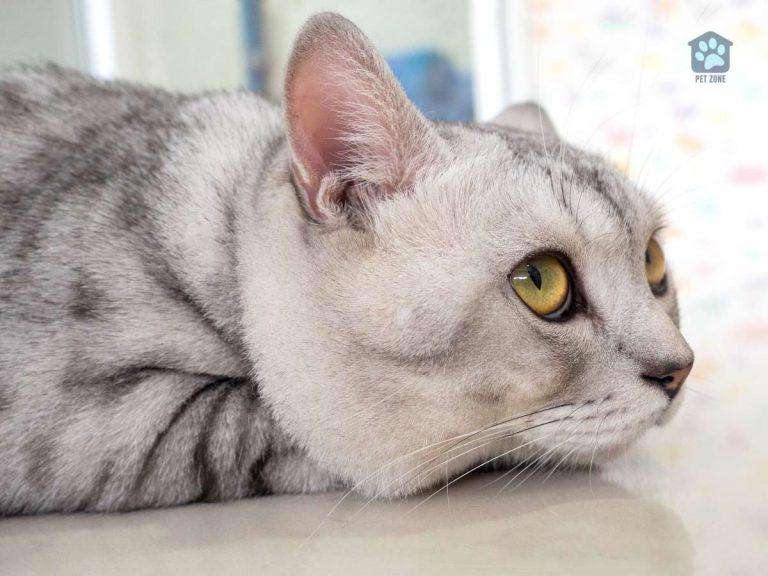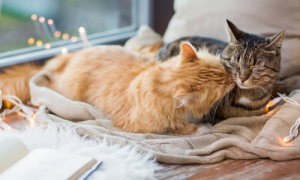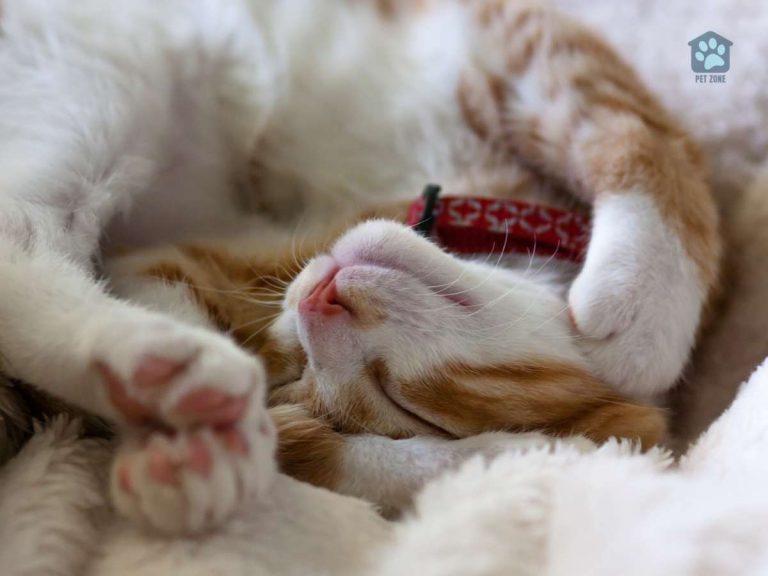Estimated reading time: 5 minutes
Let’s face it, accidents happen, and sometimes those accidents involve our feline friends.
Finding cat pee on your car seat can be a frustrating surprise, but don’t fret; there’s a solution to get your car seat back to its fresh and clean state.
Follow this step-by-step guide, using items you likely already have in your home, and you’ll know how to get cat pee out of a car seat in no time.
What To Do With the Initial Cat Urine Stain
As soon as you notice the cat urine, it’s time to act quickly. Start by donning a pair of rubber gloves and blotting the soiled area with a clean cloth to absorb as much urine as possible. Be sure not to rub the stain, as that can push the pee deeper into the upholstery. Your aim here is to get urine out of the car seat before it settles in and causes a lingering odor.
Crafting Your Cleaning Solution
Next, you’ll need a cleaning solution. For this, mix 2 cups of water with 1 tablespoon of white vinegar and a few drops of dish soap in a bowl or a spray bottle. This combination will help break down the uric acid present in the cat urine, which is the main cause of that persistent odor.
Cleaning Cat Urine Out of Leather Seats and Other Types of Car Upholstery
Based on the type of car seat you have, here are some recommended ways to clean urine from a car seat and remove the cat pee smell:
Leather Seats
Cleaning your leather car seat requires a delicate touch.
After blotting the urine as much as you can, gently apply the white vinegar and dish soap solution onto the stain. Be careful not to oversaturate the leather, as it could damage it.
Allow it to sit for a while, then use a clean cloth to dab it dry.
Next, use a leather cleaner designed specifically for your type of leather.
Allow the leather to dry. When you air dry your leather seat, keep it away from direct sunlight as it can cause the leather to crack.
Cloth Seats
Cloth seats can absorb cat pee deeply, so it’s important to blot the area immediately.
After blotting, apply your homemade cleaning solution.
Once it’s sat for a bit, use a dry cloth to blot it up, then sprinkle baking soda over the treated area to further neutralize the odor.
Be sure to vacuum up the baking soda once the area is dry.
Nylon Seats
Nylon is a durable and resilient material. Start by blotting the area and then applying the cleaning solution.
After it sits, dab it with a clean, dry cloth.
Follow up with baking soda and vacuum once dry.
If the urine smell persists, an enzyme cleaner can be beneficial for breaking down the urine further and neutralizing the smell.
Polyester Seats
Polyester car seats are relatively easy to clean.
The process is similar to nylon – blot, apply the cleaning solution, let it sit, then dab with a clean cloth.
Sprinkle baking soda on the treated area and let it sit before vacuuming it off.
Vinyl Seats
Vinyl is one of the easiest materials to clean. Since it’s non-porous, the urine will not penetrate the surface.
Use a damp cloth to wipe off the urine, then apply your cleaning solution.
After it’s sat for a while, wipe it off with a clean cloth. Mild dish soap and warm water solution can also be effective on vinyl.
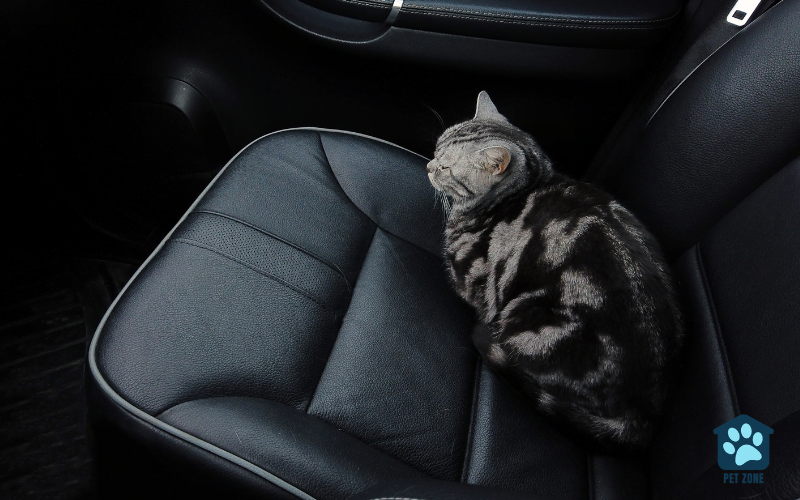
What To Do If The Smell Persists
If you’ve cleaned your car seat and the urine odor still persists, consider professional cleaning. You might also use an odor absorber like activated charcoal or baking soda. Air fresheners can mask the odor temporarily. If your car seat has a removable cover, and the urine smell remains after repeated cleaning, you might need to replace the cover.
Preventive Measures
While dealing with cat pee in your car is never an enjoyable task, there are several measures you can take to prevent this situation from recurring:
Conclusion
There you have it! With patience and the right approach, you can effectively remove cat pee and the associated odor from your car seat.
We’re curious to hear from you – do you have other tried and tested methods for getting cat pee out of a car seat? How do you handle pet-related messes in your vehicle?
Please share your thoughts in the comments section below, and don’t forget to share this blog post with your friends on social media. Every cat parent will thank you!


